One Giant Leap Australia Foundation in collaboration with the Japan Aerospace Exploration Agency (JAXA) sent Golden Wattle Seeds to the International Space Station.
It stayed on board the Japanese Experiment Module “Kibo” (Hope) for 6 months before it was brought back to Earth. The Seeds in Space Project is part of the Asian Herbs in Space Project, which is supported by the Australian Space Agency.
On 5 November 2021, the Embassy received 10 Golden Wattle Seedsfrom JAXA.
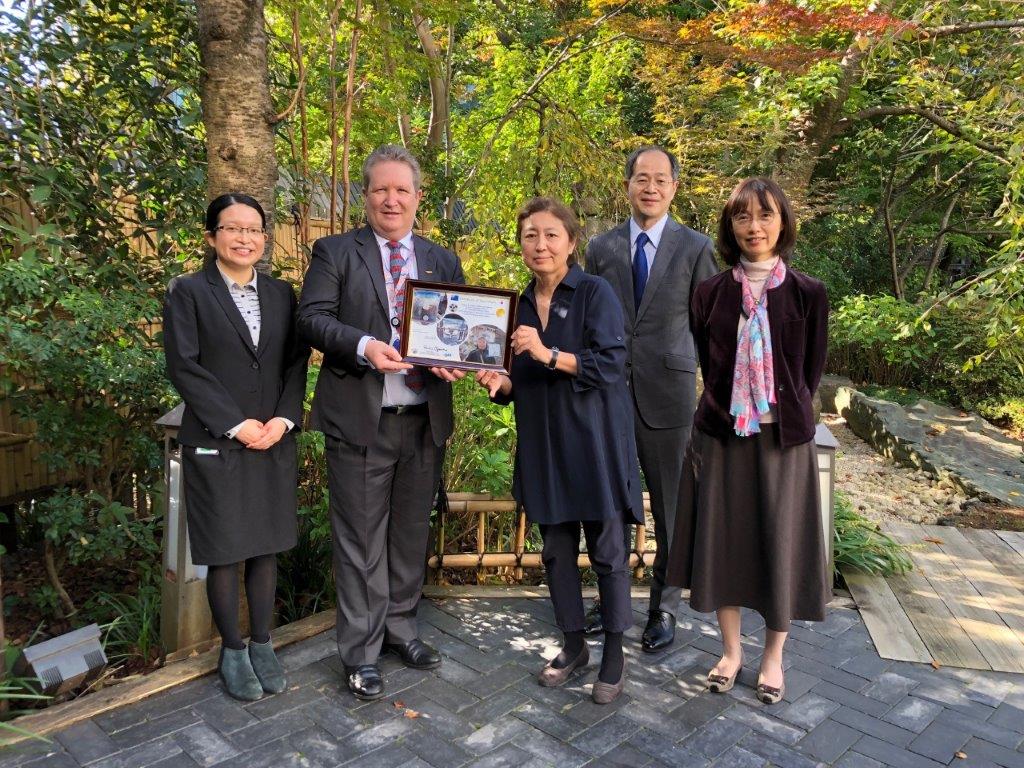
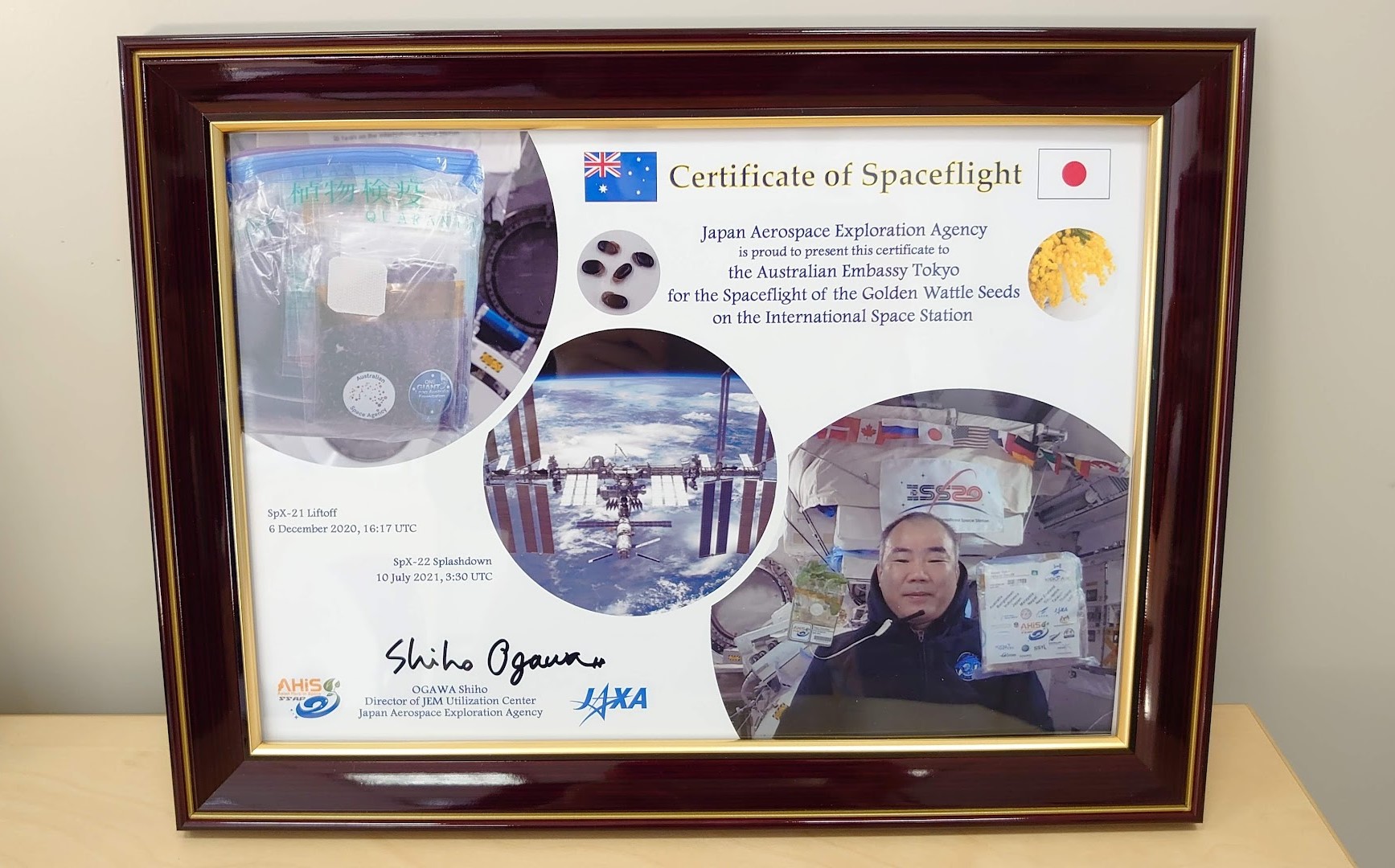
Students from over 270 Australian schools are growing these seeds that returned from space, alongside those that did not make the journey.
The Embassy has started the same experiment inside the Embassy and observing their growth everyday.
Science Experiment
Aim: Investigate the impact of space travel on the growth of Golden Wattle Seeds
Equipment:
|
|
|
|
|
|
|
|
|
|
|
|
Method:
Scarifying and soaking the seeds
- Carefully take the seeds out of the capsules. Be careful not to mix up the seeds that went to space (S) and the ones that stayed on Earth (E).
- Divide each group of seeds in half.
- Lightly sandpaper half of the seeds in each group.
- Carefully transfer the seeds into four separate bowls.
- Pour boiled water into the bowls and cover each bowl with plastic wrap to soak the seeds overnight.
- Make name tags for each group.
Seeds type
S: Seeds that went into Space
Ss: Space seeds that were treated with sandpaper.
E: Seeds that stayed on Earth
Es: Earth seeds that were treated with sandpaper.

Planting the seeds
- Fill each slot of the planting tray with soil.
- Pour a little bit of tap water into each slot.
- Make a hole in each slot.
- Use a pair of tweezers to put one seed in each slot.
- Draw a diagram of the planting tray and record which seed was placed in each slot.
- Use soil to fill the hole and cover the seed.
- Pour a little bit of tap water into each slot.
- Secure the name tags in place to identify the seeds.
- Turn the circular dial on the lid of the planting tray until the holes are covered and place it over the planting tray.
- Put the planting tray in a sunny spot outside and take it indoors every second day. Ensure that it is still in a sunny spot indoors and use the hole in the lid to control humidity levels.
Observation Diary
Diary 1: Scarification (Monday, 8 November 2021)
Scarification helps seeds germinate faster. We mimicked this process by sandpapering half of the seeds and soaking them overnight in hot water.
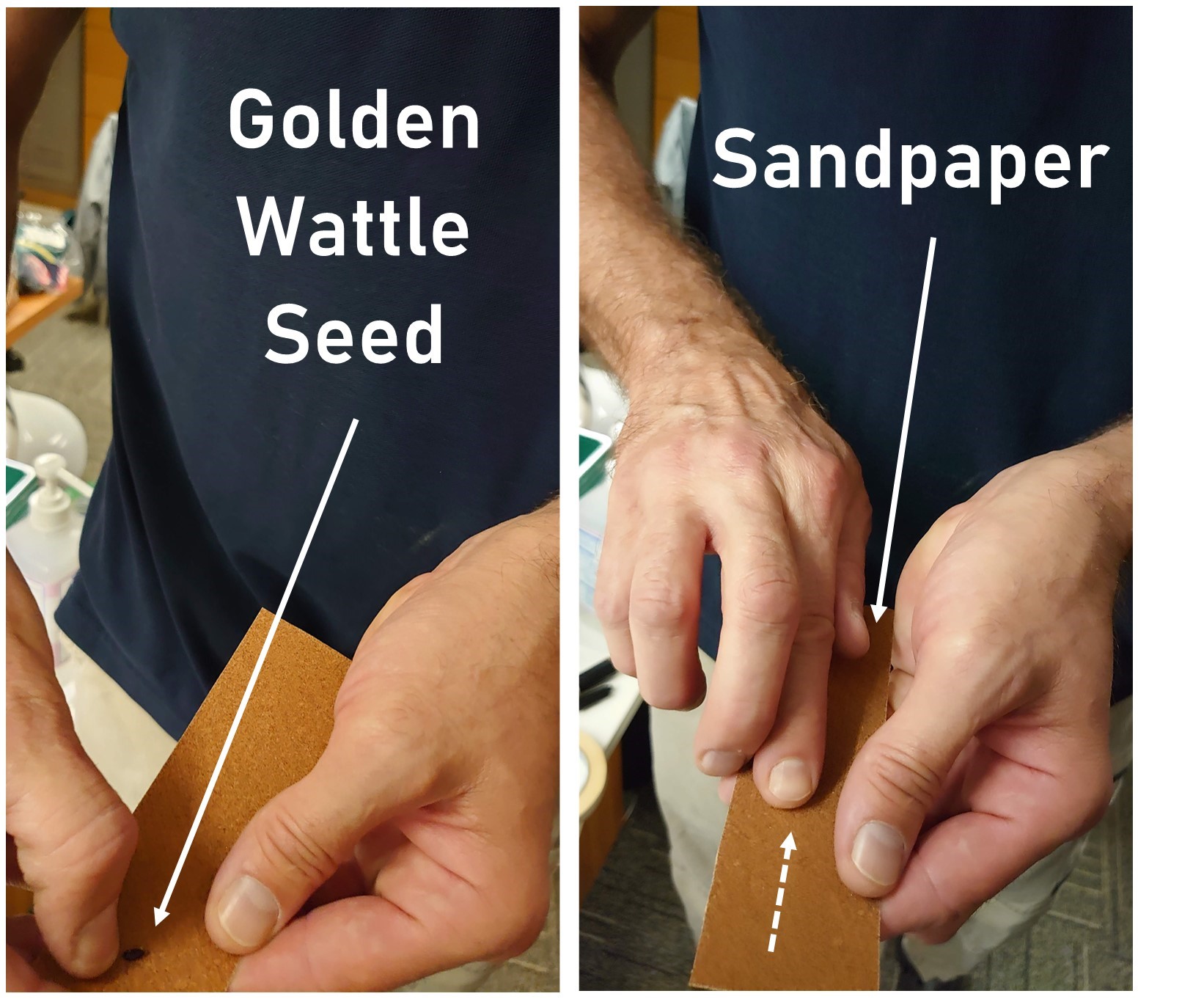
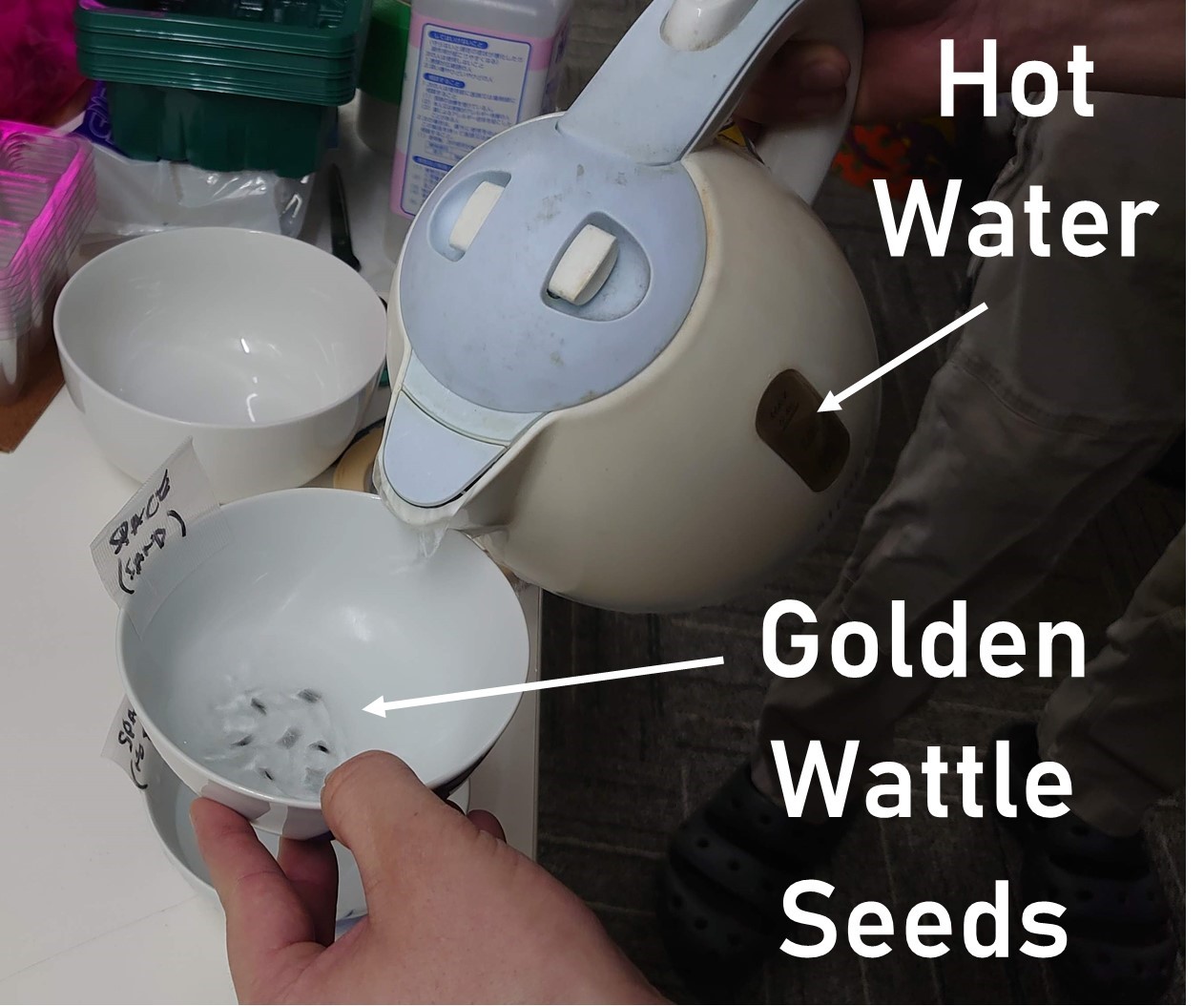
Diary 2: Planting (Tuesday, 9 November 2021)
We planted them and we have been observing their growth everyday.

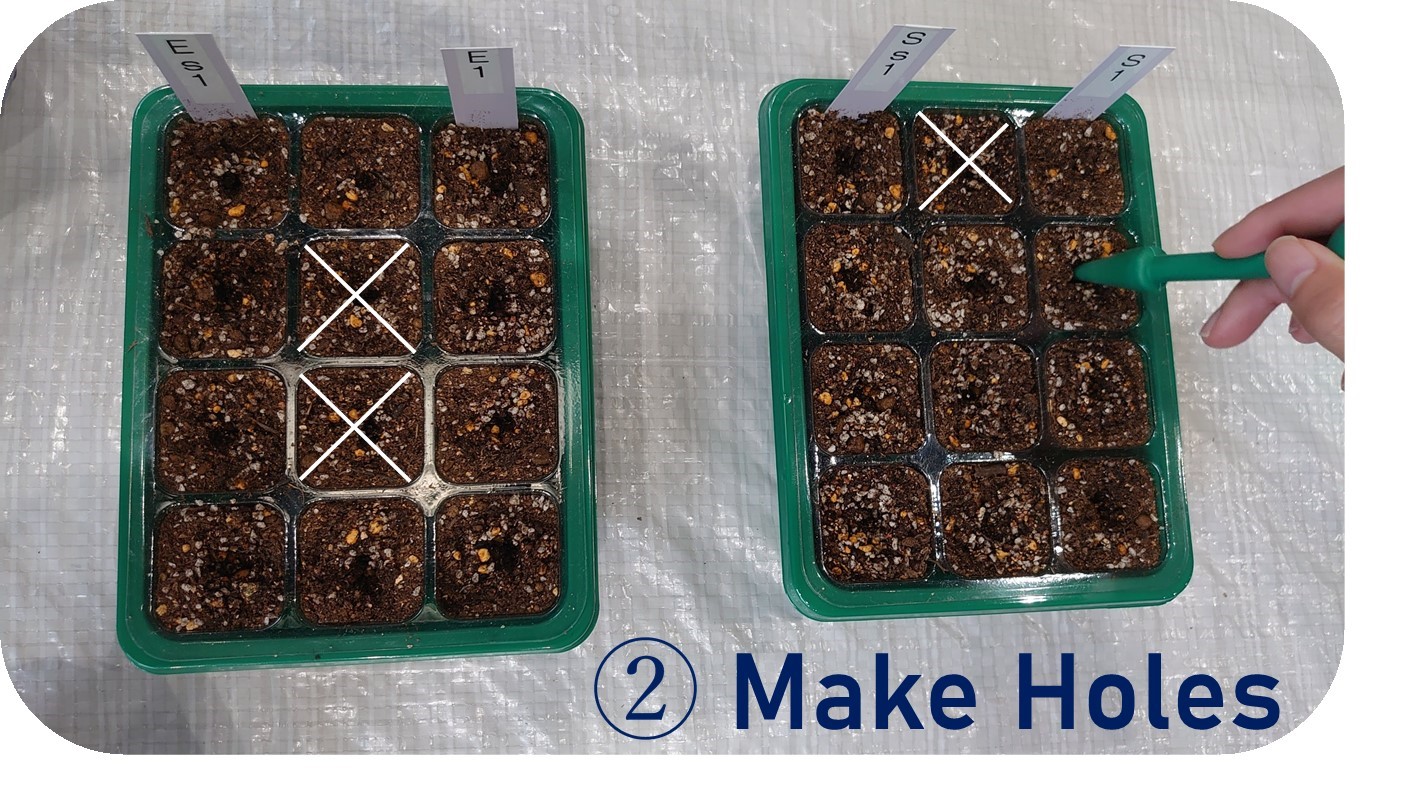
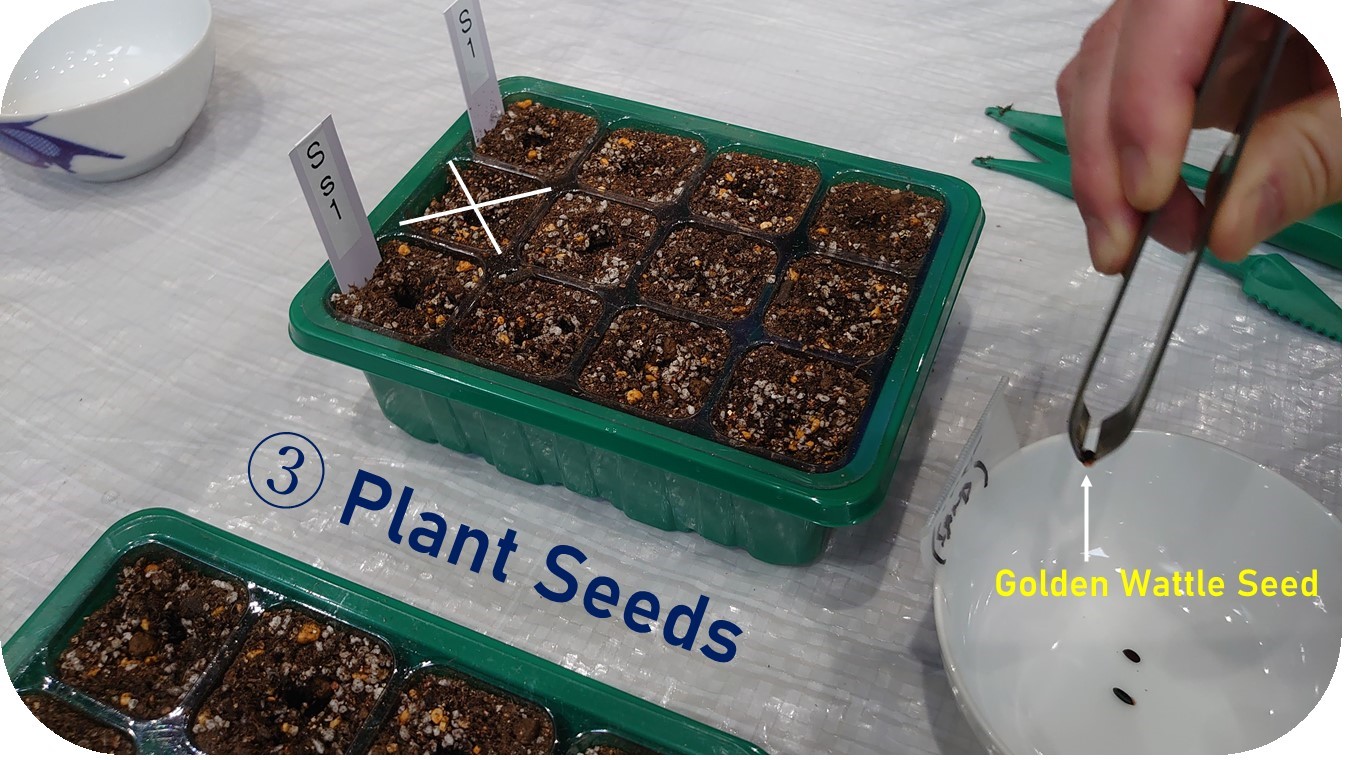


Diary 3: Germination (Monday, 6 December 2021)
28 days after sowing: Success!
5 of 11 Space seeds have germinated (germination rate of 45.5%).
In comparisons, 4 of 10 Earth seeds have germinated (germination rate of 40%).


